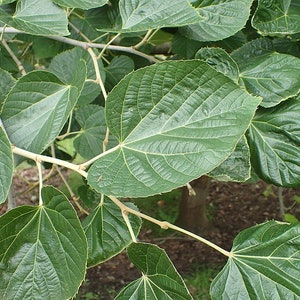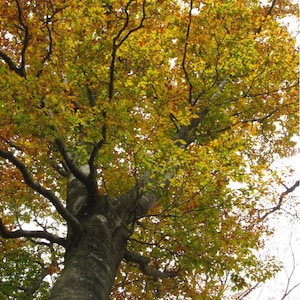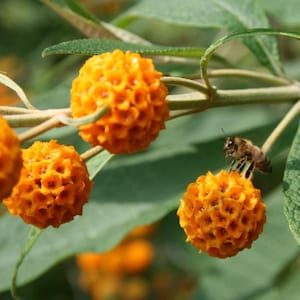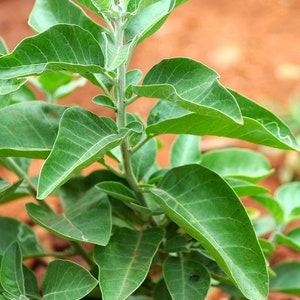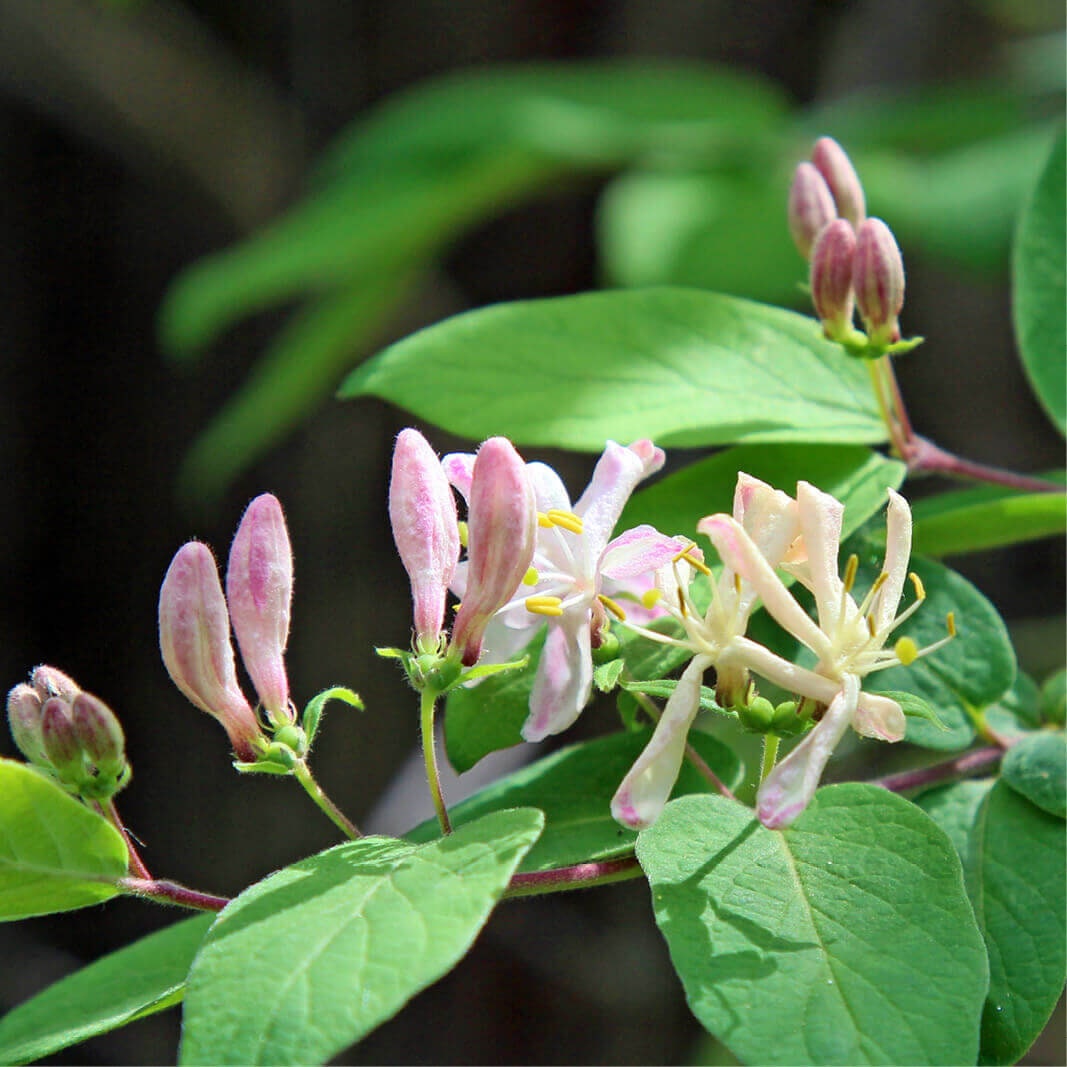

Seeds
Etrurian Honeysuckle Seeds, Lonicera Etrusca
$4.18 $6.96
-
Details**Lonicera**, commonly known as **honeysuckle**, is a climbing or shrubby plant popular for its decorative foliage, fragrant flowers, and attractiveness to pollinators. Sowing **Lonicera** seeds is relatively simple, but it requires a few specific steps for successful germination and growth. Here's a step-by-step guide to sowing **Lonicera** seeds:
---
### **Materials required:**
- **Lonicera** seeds.
- Light, well-draining substrate (seedling compost or sandy mix).
- Pots or seed trays.
- Mini greenhouse, plastic film or transparent cover (optional).
- Watering can or spray bottle.
---
### **Steps for sowing Lonicera seeds:**
#### 1. **Seed preparation:**
**Lonicera** seeds can be a little slower to germinate due to dormancy, so some **cold stratification** may be necessary to help them wake up and germinate.
- **Cold stratification**:
- **Lonicera** seeds can benefit from **cold stratification** to break their dormancy. To do this, place the seeds in a **plastic bag** with a **damp tissue** or **damp sand**, then refrigerate them at a temperature of **4°C** for approximately **4 to 6 weeks**.
- If you do not want to stratify the seeds, you can still try sowing them directly, although germination may be slower.
#### 2. **Substrate preparation:**
- Use a **lightweight**, well-draining substrate, such as a mixture of **seedling compost** and **perlite** or **sand** to ensure good drainage and prevent seeds from rotting.
- **Lightly moisten** the substrate before sowing, but do not saturate it with water.
---
#### 3. **Sowing the seeds:**
- **Sowing in pots**:
- Fill **pots** or **seedling trays** with the prepared substrate.
- Sow the seeds at a **depth of 0.5 to 1 cm**. **Lonicera** seeds should not be buried too deeply.
- **Spacing**: Space seeds about **2 to 3 cm** apart if sowing in pots or trays. This will allow the young plants to develop without competing for light.
- **Lightly cover** the seeds with fine substrate or sand.
- **Sowing in open ground**:
- If you prefer to sow directly in the ground (at the end of the season or in spring, after the last frosts), choose a location in **partial sun** or **light shade**.
- Sow the seeds at a depth of about **1 cm** and space them about **20 to 30 cm** apart.
- Lightly cover the seeds with potting soil or sand.
---
#### 4. **Germination conditions:**
- **Temperature**: **Lonicera** seeds germinate best at temperatures between **18°C and 22°C**. If sowing indoors, place the pots or trays in a warm, bright location.
- **Light**: **Lonicera** seeds need light to germinate, so don't cover them too deeply with soil.
- **Moisture**: Keep the soil slightly moist, but **not soggy**. A **spray bottle** or watering can with a fine nozzle is helpful for maintaining moisture without moving the seeds.
- **Germination**: Germination can take from **4 to 8 weeks**, depending on temperature and humidity conditions. Be patient, as the process may be a little slower, especially if the seeds have been stratified.
---
#### 5. **Seedling Care:**
- Once the seeds have germinated, make sure the seedlings receive enough light. Place them in a sunny spot (if indoors) or outdoors in a partially shaded area.
- **Watering**: Keep the soil moist but not soggy. **Bottom watering** or with a fine rain watering can is recommended to avoid disturbing young roots.
- **Spacing**: When the seedlings are large enough, transplant them into individual pots or spacious areas, spacing them about **20 cm** apart to allow room for growth.
- **Acclimatization**: If you sowed indoors, begin to gradually acclimate the young plants to outdoor conditions once the risk of frost has passed (approximately **6-8 weeks** after germination).
---
#### 6. **Transplanting and planting in open ground:**
- When the young **Lonicera** plants are about **10-15 cm** tall and strong enough, you can transplant them into the garden or leave them in their pots if you want to grow them in a container.
- **Location**: Choose a spot in **partial sun** or **light shade**, as **Lonicera** prefers well-drained, slightly acidic or neutral soil.
- **Spacing**: Plants should be spaced approximately **1 to 1.5 m** apart if growing in the ground, depending on the variety chosen.
---
### **Additional Tips:**
1. **Cold Protection**: If you sowed outdoors, wait until the risk of frost has passed. Young **Lonicera** plants are sensitive to cold temperatures.
2. **Patience**: **Lonicera** seeds may have a slower germination time than some other plants. It is important to be patient during the germination phase.
3. **Staking**: Once the plants start to climb, you can add a **trellis** or **stake** to help them grow upwards.
4. **Pruning**: Pruning may be necessary to encourage healthy growth and to control the shape of the plant. **Lonicera** lends itself well to pruning and training into a hedge or trellis. -
Shipping & Policies
Shipping from France
Processing time
1-2 business days
Customs and import taxes
Buyers are responsible for any customs and import taxes that may apply. I'm not responsible for delays due to customs.
Payment Options
Returns & Exchanges
I gladly accept returns and exchanges
Just contact me within: 14 days of delivery
Ship items back to me within: 30 days of delivery
I don't accept cancellations
But please contact me if you have any problems with your order.
The following items can't be returned or exchanged
Because of the nature of these items, unless they arrive damaged or defective, I can't accept returns for:
- Custom or personalized orders
- Perishable products (like food or flowers)
- Digital downloads
- Intimate items (for health/hygiene reasons)
Conditions of return
Buyers are responsible for return shipping costs. If the item is not returned in its original condition, the buyer is responsible for any loss in value.

